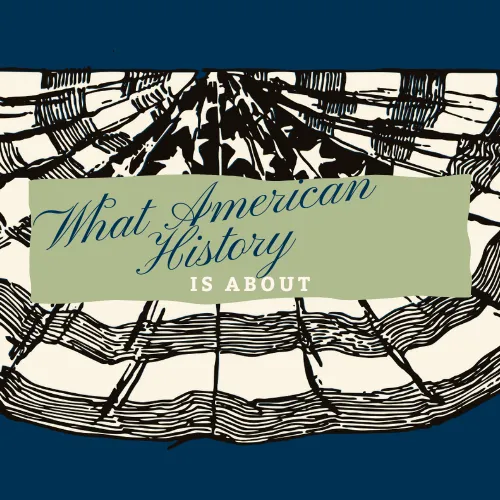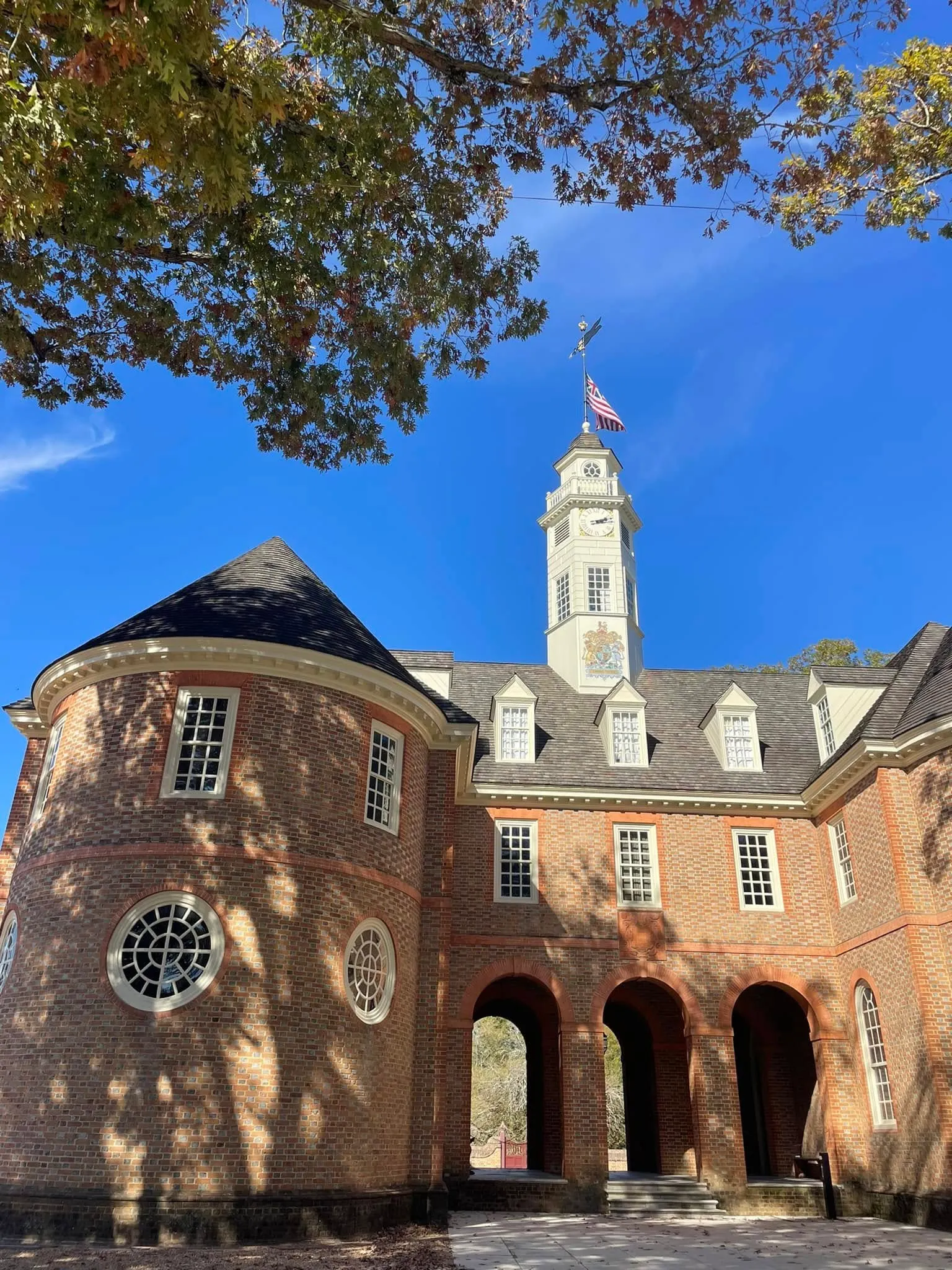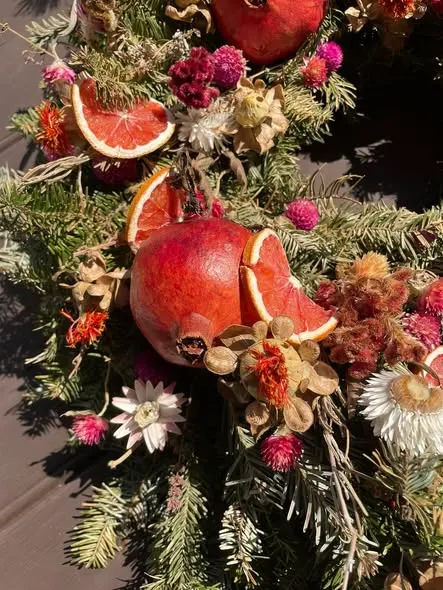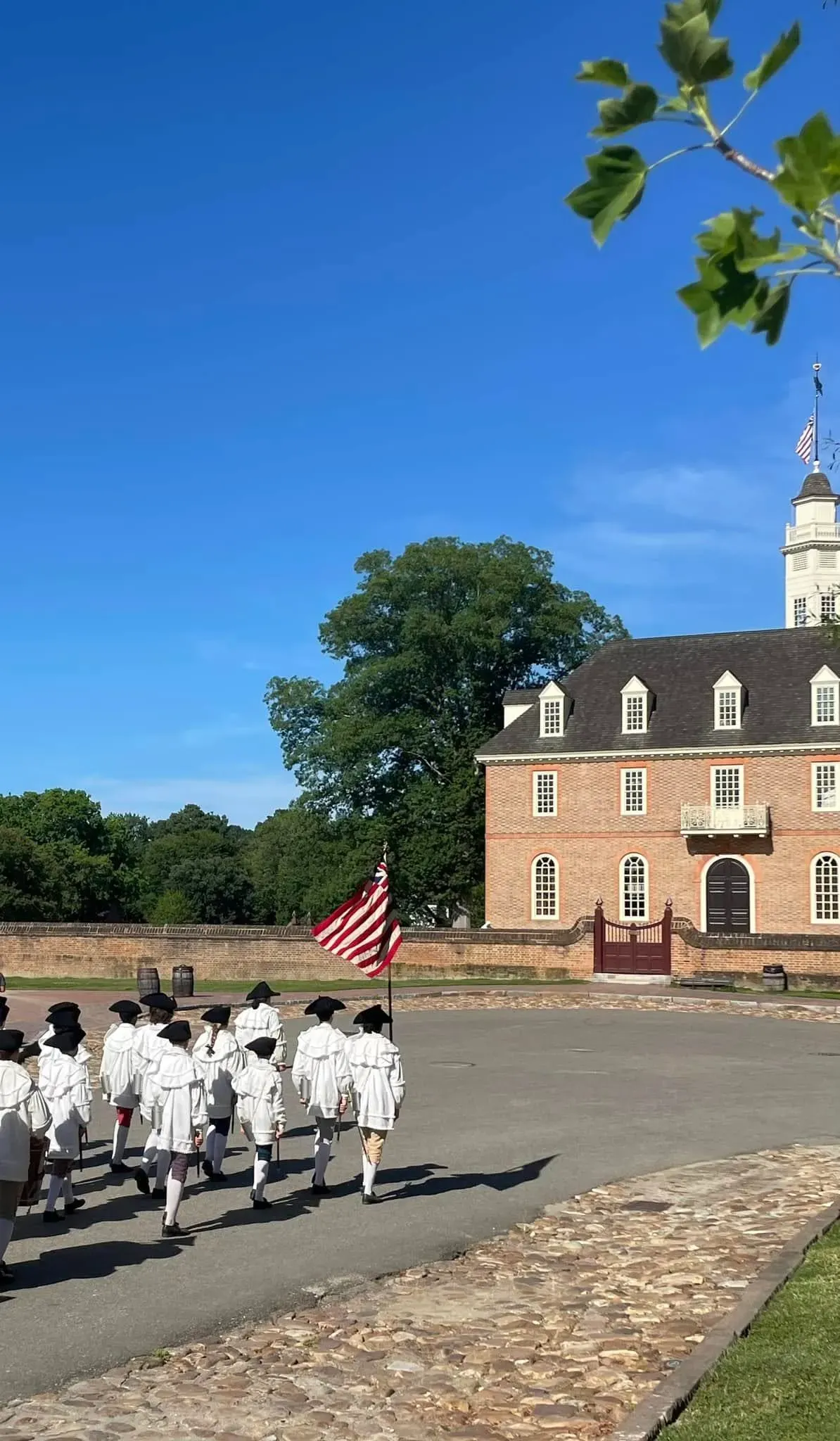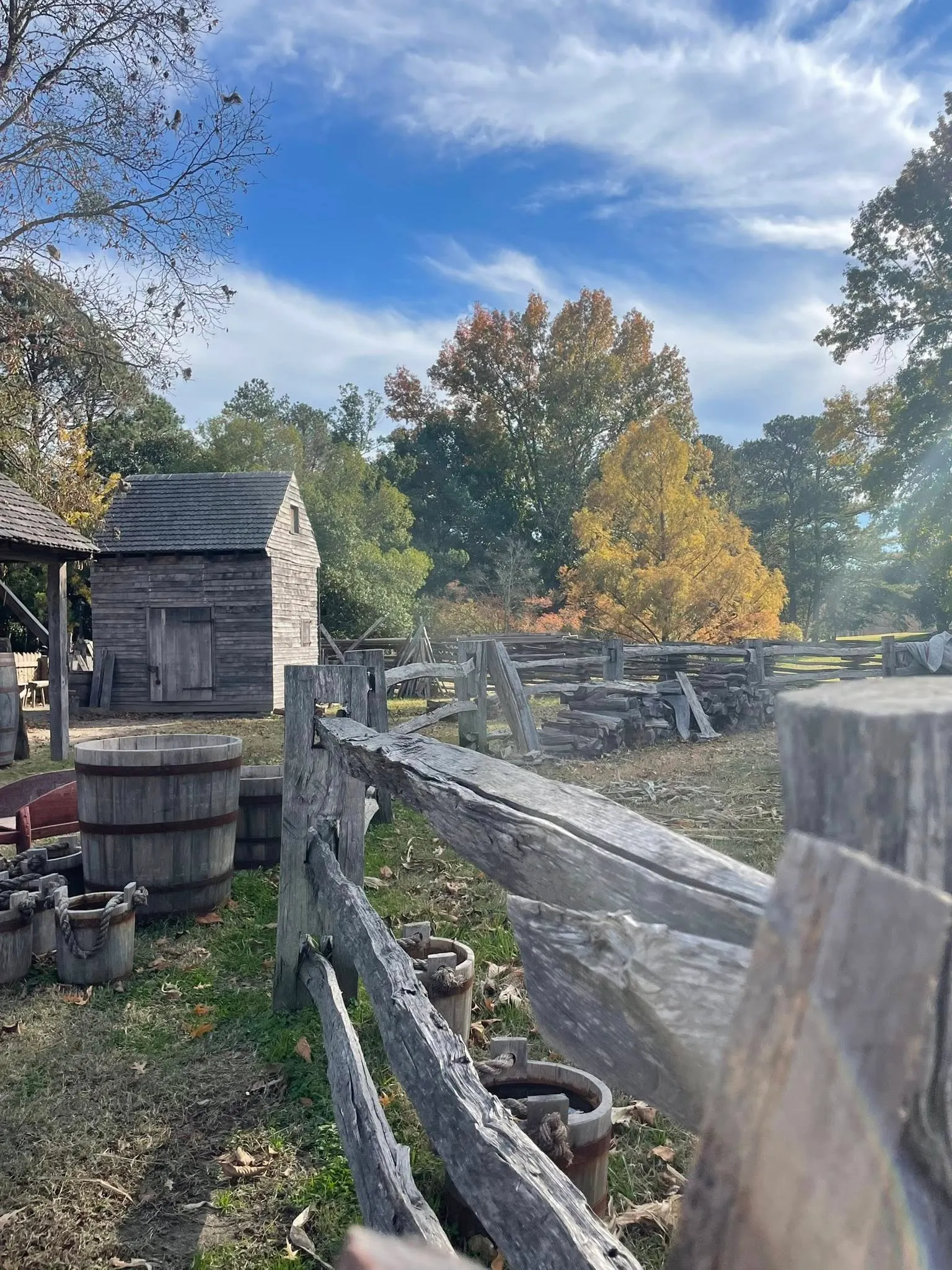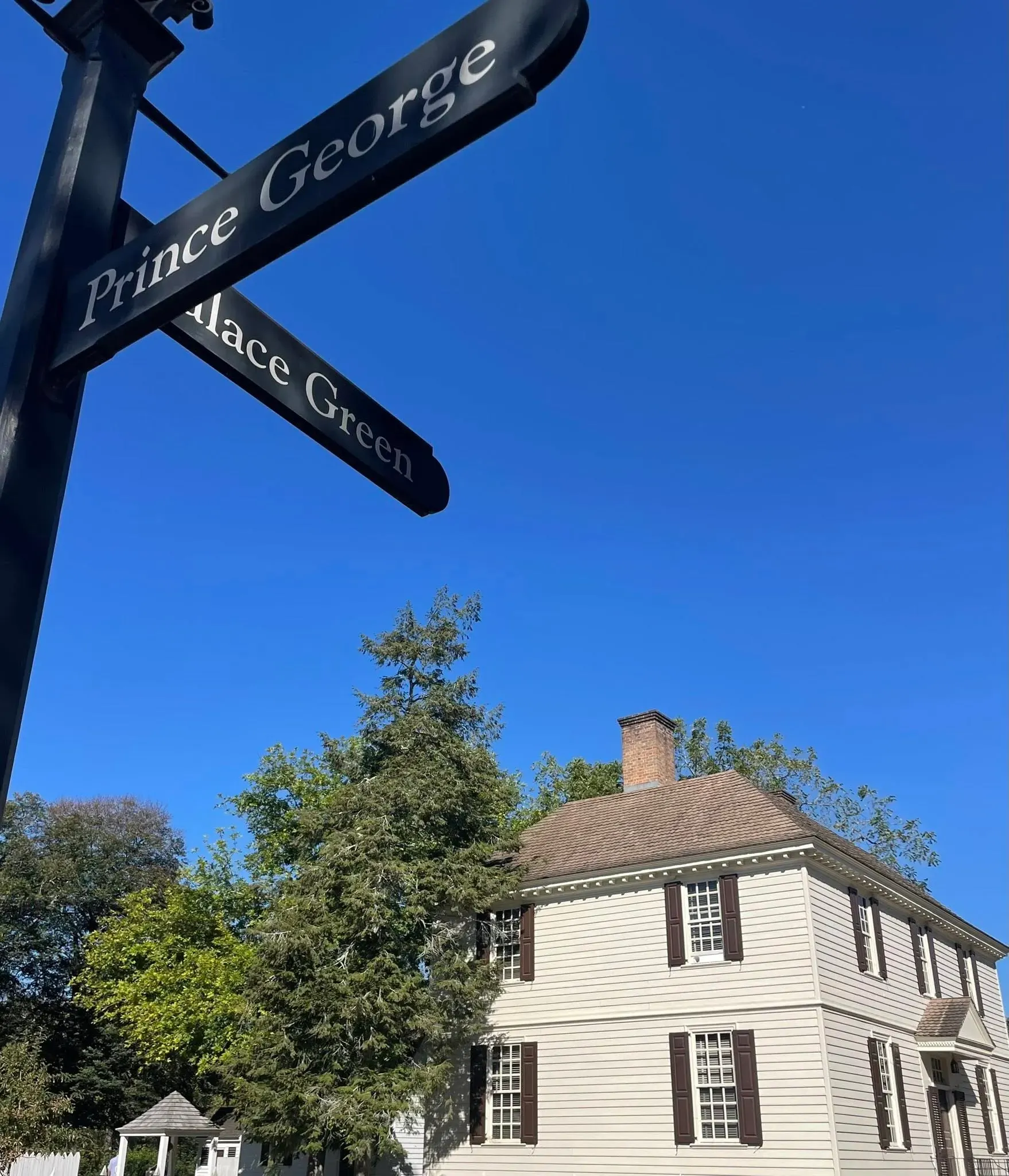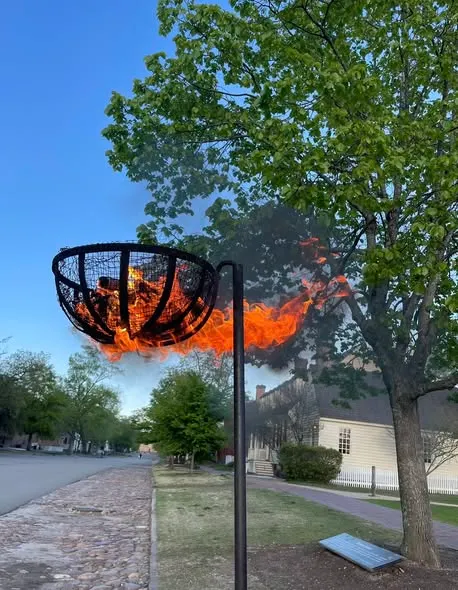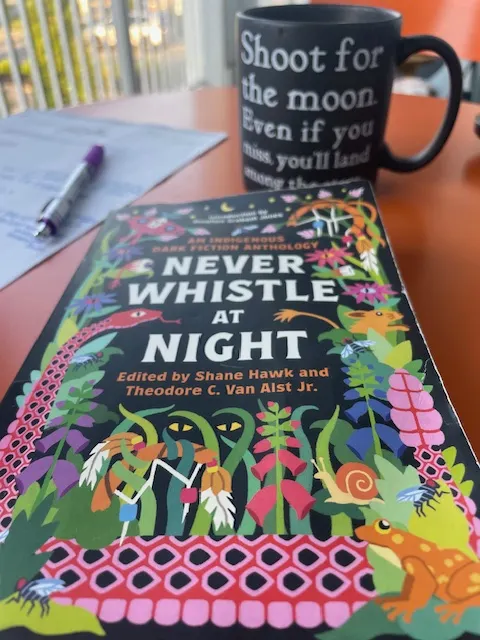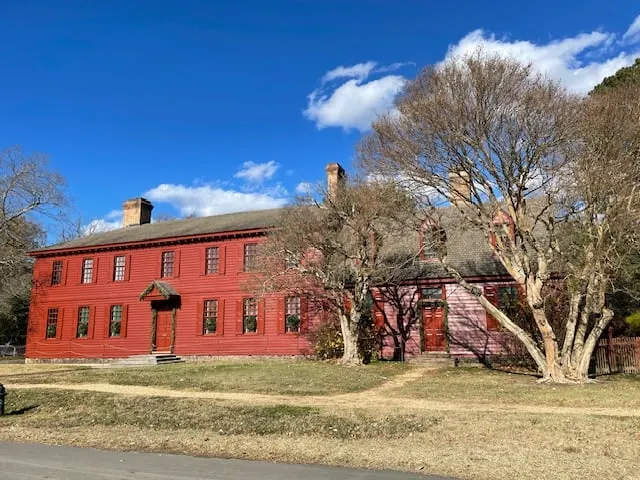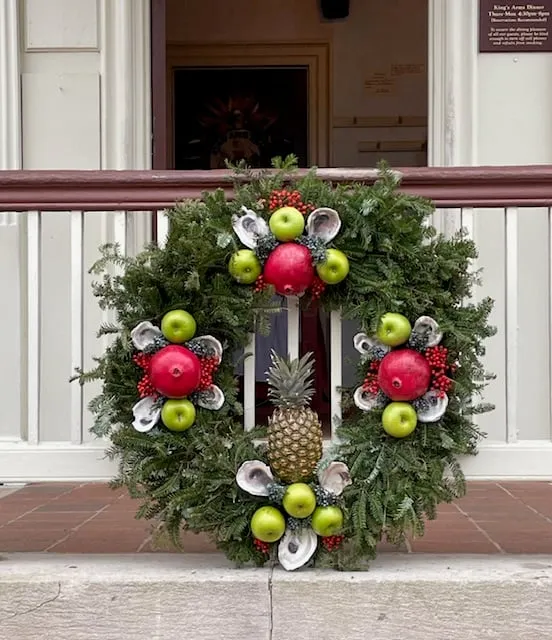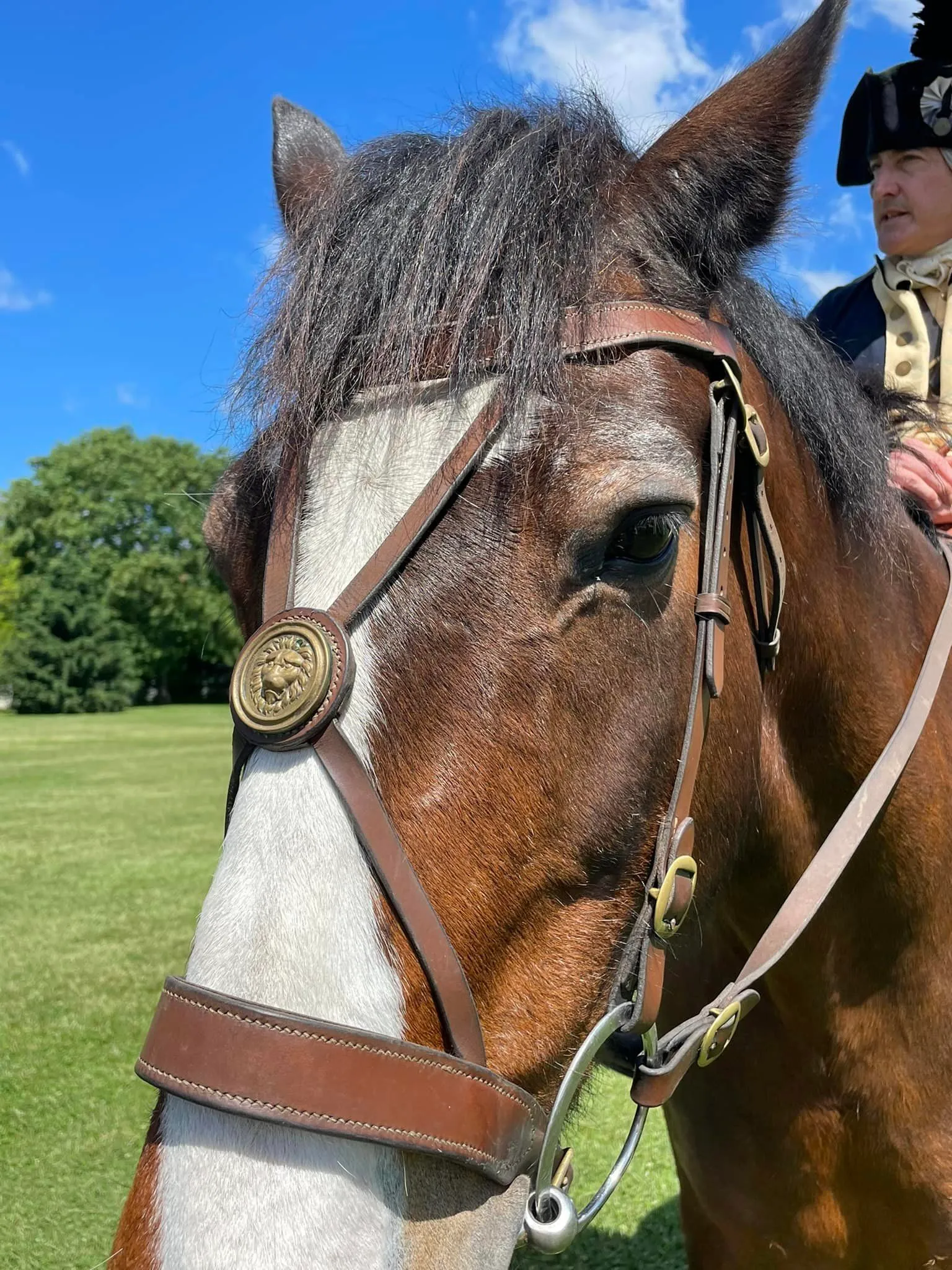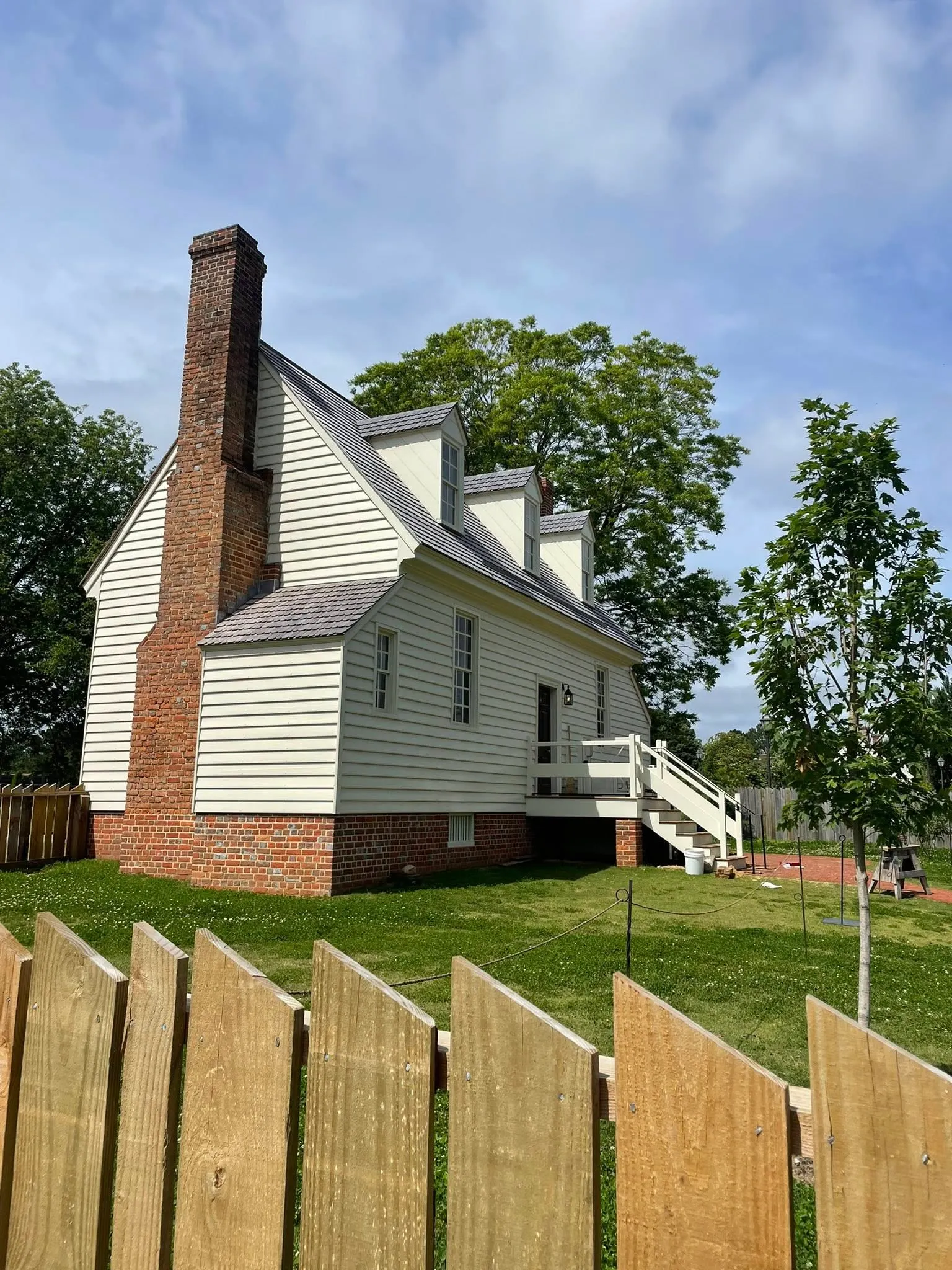4 Things I Learned at Margaret Hunter's Millinery: An 18th Century Trade in an Original Building
Colonial Williamsburg is history on my doorstep, with 89 original buildings.
As many of you that have been following this blog know, I moved to Williamsburg Virginia in 2021. It's the place I used to vacation and now being "Free At 50" - I get to live here! For those that aren't familiar and want a bit of context to the "why" behind the blog, click here. If not, no worries, just read on!
We are blessed to have 89 original structures in the historic area of Colonial Williamsburg (CW), as well as reconstructions of homes, businesses, government buildings and public gathering spaces.
And sometimes, we get to go inside and learn about daily life, as with Margaret Hunter's shop -- one of the originals! I dropped in over the weekend, as I often do, and have a few fantastic historical tidbits to share.
Necessary disclaimer: As a blogger, I use affiliate links sometimes! I may receive commission from purchases I share; it does not change your price but sometimes you might get a discount.
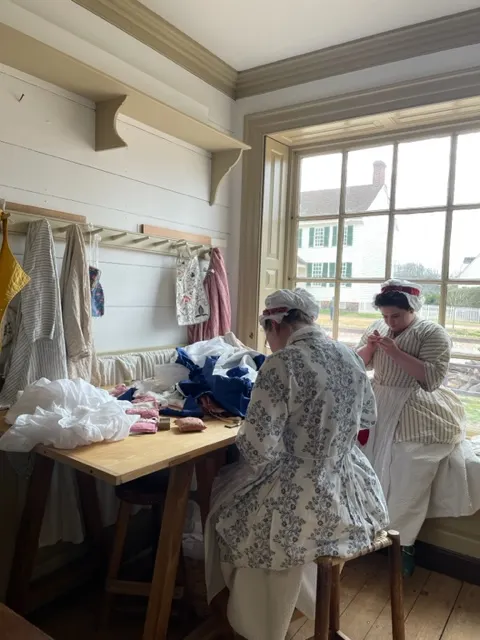
Milliners at work in Margaret Hunter's shop.
First, some background on 18th century millineries.
What is a milliner? Think of a milliner as a specialist with skills, as well as a retailer. Products: accessories and special pieces. They supply everything from hats to stays. Clearly this is in simple terms.
If you want more detail, click to this research document in the CW archives.
Often, you'd find more than one trade in a millinery: in Mrs. Margaret Hunter's case, she was also a mantua-maker (dress-maker!) and that's referenced as part of my list below.
4 things I learned over the weekend.
1 The history of Margaret Hunter's and her sister Jane's homes and businesses.
As the largest living history museum in the world, CW offers up many trades for view. First off, it's important to note that the people that work in the trades are actual tradespeople. They are not "actors" - in fact, many of the apprenticeships last about 5-7 years. They truly are keeping these historic trades alive. (read more here)
Mrs. Hunter purchased the building that houses her shop after (or around the time) her sister Jane married Mr. Charlton and moved across the street. The Charlton House is also an original building acquired in 1769 by Jane's husband and wigmaker Edward Charlton.
Jane and Margaret were both milliners and had previously worked together in the building next to Ms. Hunter's shop. So were the sisters operating a monopoly on this end of Duke of Gloucester Street or was there a bit of sibling competition happening?
Or both? Maybe someday we will know more!
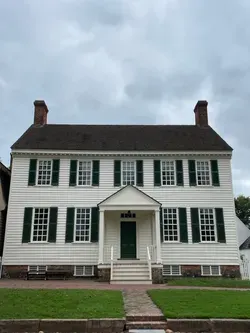
The Charlton House Jane lived in.
2 Milliners were skilled, they didn't just sell retail items.
It's true that the millinery was a place to buy the latest imported fashionable accessories. (and sometimes even items like tea or spices!)
However, like many other types of business owners, milliners were skilled. One thing I found out in this particular visit: Margaret Hunter made fans at her shop! So it's something the CW team will be taking on: learning how to make fans, 18th century-style. I'm looking forward to watching the process as they move forward with it later this fall.

3 Mantua-makers didn't use measurements; you were own dress-form.
Dress form mannequins were NOT a thing in the 18th century- surprised? I learned that whether a woman was free or enslaved, a tradeswoman or the wife of a Royal Governor, she got her dresses, not just gowns, created the same way: cut to the body.
Every dress was personal. It fit you exactly because you'd show up in person and the mantua maker fit the cloth over you and made the cuts to your body. That said, another common process was for a mantua maker to use a previous gown/dress as a template for a new one.
In fact, the mantua maker here in CW let me know that for one of her colleagues, she did this and was able to get a perfect fit because of a section where the dress seemed to pull specifically in the wearing of it by the actress.
Yes, the CW mantua makers create gowns worn by their colleagues. In fact, their work for the clothing worn in From Freedom to Slavery, about an enslaved woman who is returned by the Shawnees after years of experiencing freedom, is fascinating. As a side note, the performance takes place in the millinery.
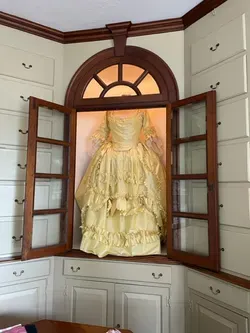
The CW mantua makers' Gown in a Day project
4 The latest fashion came from Europe: in pictures and in words.
So where did early American women get their ideas for fashion? Europe of course! From magazines as well as letters. An example is the magazine image used for the CW mantua makers to create the gown pictured above, for their "Gown in a Day" program which they've done for decades.
An image in a magazine would set the stage but maybe a woman would receive a letter that the hemlines have moved up or about a color that was stylish.
Since gowns and dresses, whether they were casual daily wear or meant to be worn at a ball or wedding, were custom made, it was easy for the client to make specific requests.
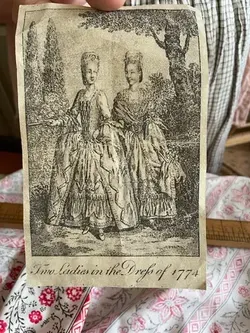
The "Gown in a Day" was created from this magazine image.
View the "Gown in a Day" project on the CW video below!
Fashion is fun, and I'm excited to keep learning about the trades involved with it!
I love learning about 18th century fashion and the trades that kept early Americans "dressed" - the tailor shop is another fave and there's a note about them in this post.
One thing we plan to do: tour the costume design shop- I hear that once in awhile, they allow you inside- so an email is about to be sent to CW to get the details.
Closing it out with words from history, an advertisement.
(read source document archived with the Rockefeller Library, including citations, here)
Margaret Hunter's last notice in the Virginia Gazette (Purdie and Dixon, eds.) follows:
WILLIAMSBURG, February 3, 1780
I HAVE FOR SALE, at my store, opposite Mr. Ambrose Davenport's tavern, in this city, an elegant assortment of the most beautiful calico and chintz patterns, black and white gauze, and a small quantity of the best soap.
M. HUNTER.
N.B. I still carry on the milliners business, and would willingly take goods on commission, at a moderate advance.
Are you enjoying the bits of history I'm sharing on this blog? Use my online tip jar and buy me a coffee:

There is a huge practical disclaimer to the content on this blog, which is my way of sharing my excitement and basically journaling online.
1) I am not a historian nor an expert. I will let you know I’m relaying the information as I understand and interpret it. The employees of Colonial Williamsburg base their presentations, work, and responses on historical documents and mainly primary sources.
2) I will update for accuracy as history is constant learning. If you have a question about accuracy, please ask me! I will get the answer from the best source I can find.
3) Photo credit to me, Daphne Reznik, for all photos in this post, unless otherwise credited! All photos are personal photos taken in public access locations or with specific permission.
